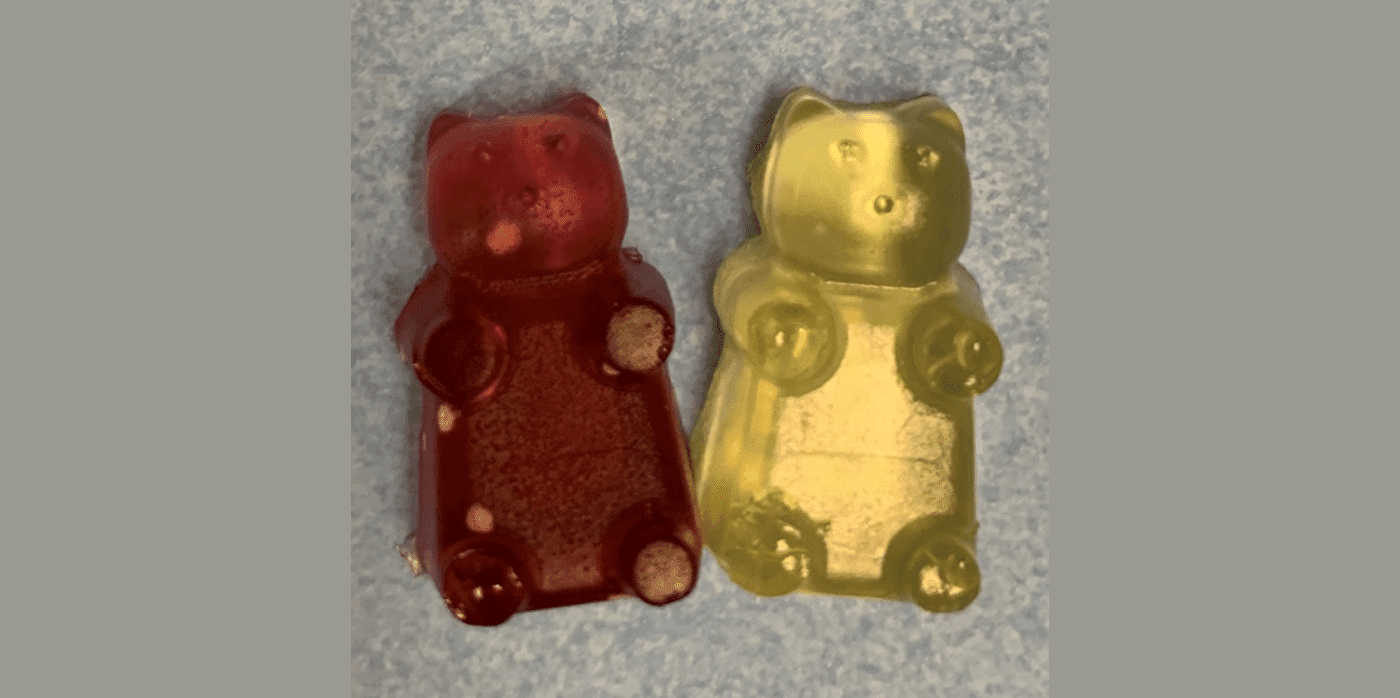Spotted: While wind power currently represents 6 per cent of global electricity production, one major obstacle to overcome is the disposal of decommissioned turbines. Most turbine blades are made of fiberglass, which is difficult to recycle. As a result, tens of thousands of discarded blades find their way into landfills every year. Now, Michigan State University may have found a solution to this problem. Researchers there have developed a new turbine blade material that can be easily recycled at the end of its life span.
By combining glass fibres with a plant-derived polymer and a synthetic one, Dr. John Dorgan, Ph.D., and colleagues have developed a thermoplastic resin that can be recast into new products.
To recycle panels made from the new resin, the team dissolved the used composite in fresh monomer, physically removing the glass fibres. They were then able to recast the material into new composite sheets, making new blades with the same physical properties as their predecessors.
In addition, the team’s work suggests that other applications for recycled carbon fibre composites may be possible. For example, the researchers found that digesting the resin in an alkaline solution produced potassium lactate, which is commonly used in sweets and sports drinks. The potassium lactate could even be used to make the gummy bears beloved by children around the world.
“The beauty of our resin system is that at the end of its use cycle, we can dissolve it, and that releases it from whatever matrix it’s in so that it can be used over and over again in an infinite loop,” explains Dorgan, representing the team at the fall meeting of the American Chemical Society (ACS).
The next step is for the researchers to build test turbine blades using the material. As for potential food-grade uses, the question is whether the public will be willing to eat something that was once used for such a clearly non-edible application. Dorgan’s response is that a carbon atom is a carbon atom regardless of where it comes from.
As wind turbines become more prevalent and the problem of their disposal becomes more apparent, Springwise has covered other methods for recycling wind turbine blades. These include a recyclable composite innovation turning turbine blades into snowsports equipment, and the UK’s first turbine blade recycling project.
Written By: Katrina Lane
6th September 2022
Email: jd@egr.msu.edu
Website: msu.edu

